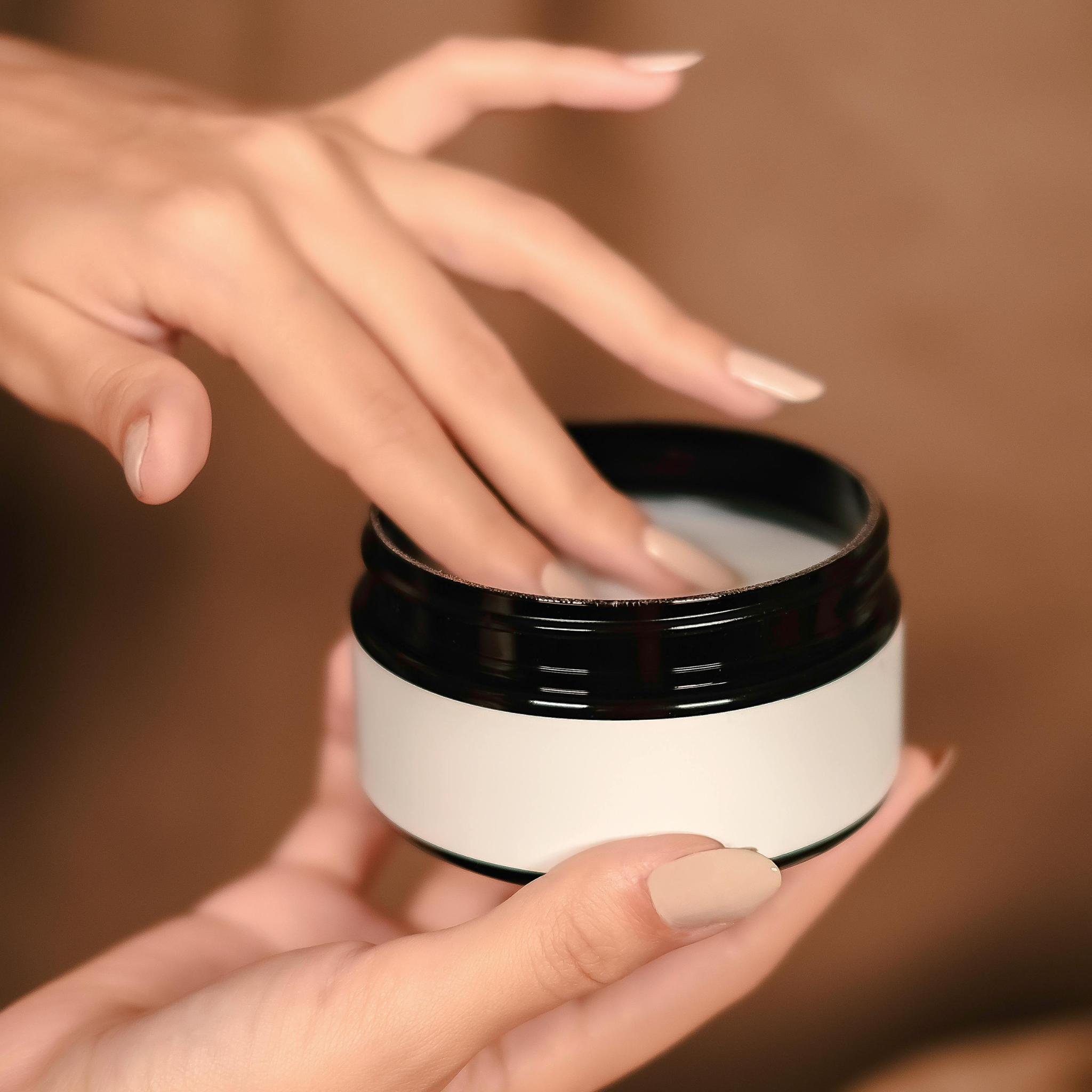Do Scar Creams Really Help After Mohs Surgery on the Face?
If you’ve recently had Mohs surgery - especially on a visible area like your nose, cheek, or forehead - you’re probably wondering what you can do to help your skin heal smoothly and minimize scarring.
At Naples Dermatology, this is one of the most common questions we get during post-op visits. The short answer: yes, scar creams can help - but only when used properly and as part of a broader healing plan.
Here’s what we want you to know.
Why Facial Scars Can Be More Noticeable
The skin on the face is delicate, thinner in some areas, and constantly in motion. That means:
Healing can vary depending on the surgical site
Even small scars may appear more prominent
Cosmetic outcomes matter more to many patients
Fortunately, Mohs surgery is designed to minimize tissue removal while fully removing the skin cancer. But even with precise techniques, some scarring is inevitable.
How Scar Creams Can Help
Scar creams are typically used to:
Support collagen remodeling during the healing process
Reduce redness and inflammation
Soften and flatten raised scars
Improve long-term skin texture and appearance
Many patients find that, over time, a scar cream can visibly improve the look and feel of the surgical site—especially when applied consistently over several weeks or months.
What to Look for in a Scar Cream
Not all scar creams are created equal. We generally recommend formulas that contain:
Silicone – The gold standard for reducing scar thickness and discoloration
Vitamin E – Antioxidant properties that support skin repair (use with care, as it can cause irritation in some)
Allantoin or panthenol – Soothing agents to calm inflammation
Sunscreen – Critical for protecting healing skin from pigmentation changes
Over-the-counter options can be effective, but we may also recommend medical-grade scar treatments depending on the site and depth of your procedure.
When (and How) to Start Using a Scar Cream
Timing is key. Scar creams should not be applied:
On open wounds
On areas with scabs or crusts
If your dermatologist hasn't cleared the area for topical products yet
In most cases, we advise beginning a scar treatment once the stitches are removed and the skin has started to close - usually 10–14 days post-op. At that point, gentle massage with a scar cream 1–2 times daily can be beneficial.
Always follow your post-operative instructions, and check with your provider before introducing anything new to the healing area.
What Else Can Help With Facial Scarring?
Scar creams are only one piece of the puzzle. Your dermatologist may also recommend:
Sunscreen every day to prevent pigment changes
Massage therapy to soften the scar tissue
Laser treatments or resurfacing options down the road, if needed
Regular follow-up visits to monitor both healing and recurrence
Be Patient - Healing Takes Time
Scars evolve slowly. In fact, they may continue to mature for 6 to 12 months. What looks raised or red now often softens, flattens, and fades dramatically with proper care and sun protection.
Our goal at Naples Dermatology is not only to treat your skin cancer—but also to help you heal confidently.
Want Help Choosing the Right Scar Treatment?
If you’ve had Mohs surgery recently or are planning to, we’re here to walk you through every step of recovery. Schedule a follow-up or consultation to discuss your options for post-surgical skincare.

